The Ponzi scheme is an investment fraudulent scheme that initially promises investors maximum profitability with virtually no risk. At the same time, profit is generated only for early investors by financing new ones that join it. Thus, this scheme is viable exactly until the flow of investors stops, after which it will immediately collapse.
Principle of operation
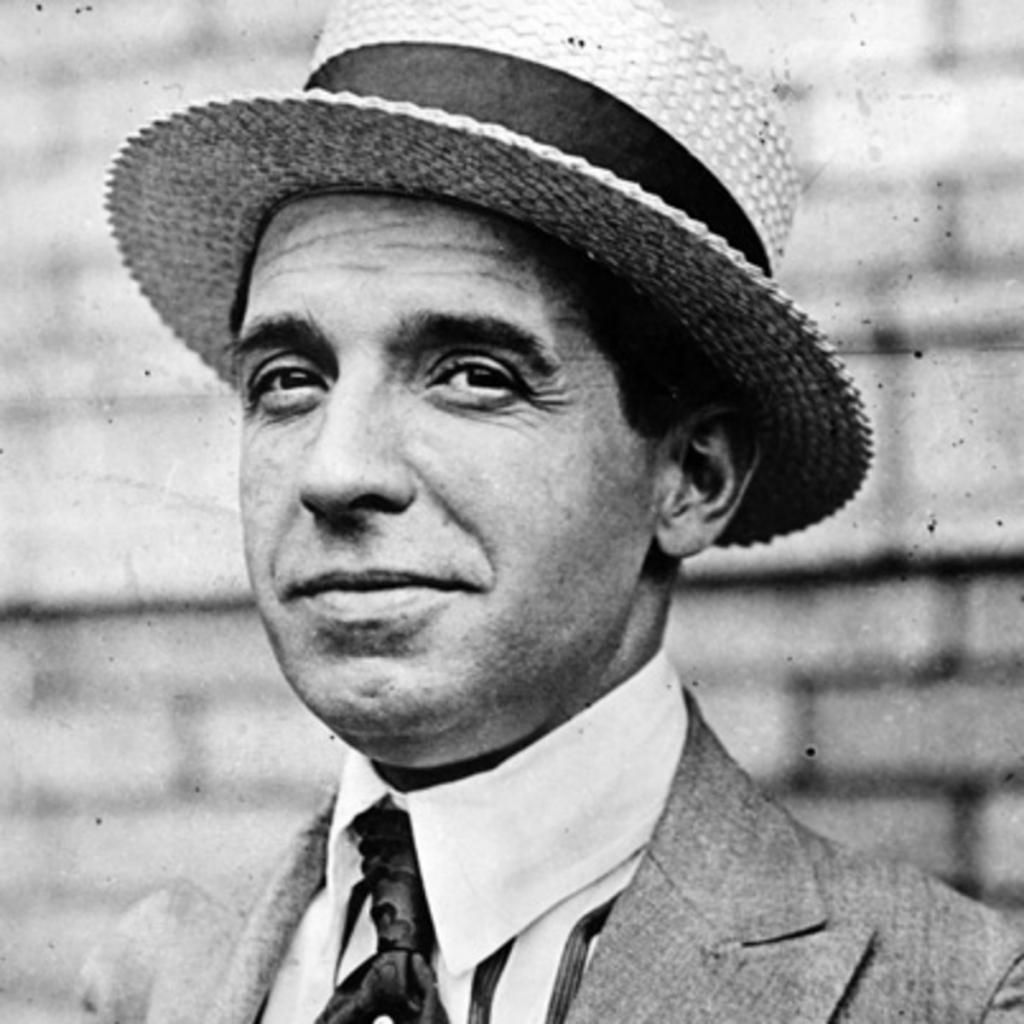
The Ponzi scheme got its name in honor of the Italian con man Charles Ponzi, who developed it. He worked as a clerk in America, first implementing the model in 1919.
We will describe in detail about the principle of operation and the Ponzi scheme in this article. It resembles a financial pyramid in that it is also based on the funds of new investors to provide income to old investors. True, there is a key difference between these schemes. It consists in the fact that the manager himself first collects all the funds. In the financial pyramid, any of the participants in the process directly receives income. In the case of a financial pyramid, the manager does not have access to all the money in the system.
It is worth noting that, despite the difference in the principle of income distribution, both the Ponzi scheme and the financial pyramid are doomed to failure, since sooner or later the money for payments will inevitably end.
Details
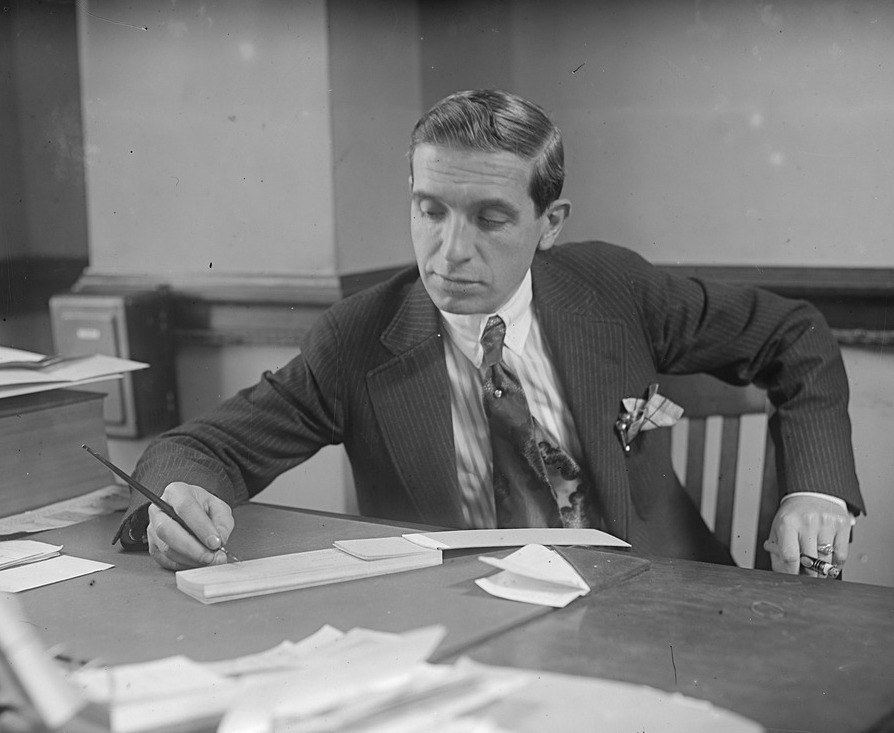
Now we will understand this system in more detail. In essence, the Ponzi scheme is an investment fraudulent scheme in which an organization or some private person verbally guarantees income exclusively through the use of new capital. At the same time, it will be attracted from new investors, and not at the expense of profit received by new investors. At the same time, the pyramid of the Ponzi scheme attracts a large number of people because of higher profitability. Especially compared to other types of investments.
It is interesting that sometimes the Polish Ponzi scheme can start as a completely legitimate business, remaining it exactly until the moment when it is no longer possible to achieve the promised profitability by legal methods.
It also happens when the business itself turns into a pyramid, if it begins to function on fraudulent conditions. Whatever the situation initially, high profitability requires an ever-increasing amount of financial resources from new and new investors in order for the scheme to live and function.
Specifications
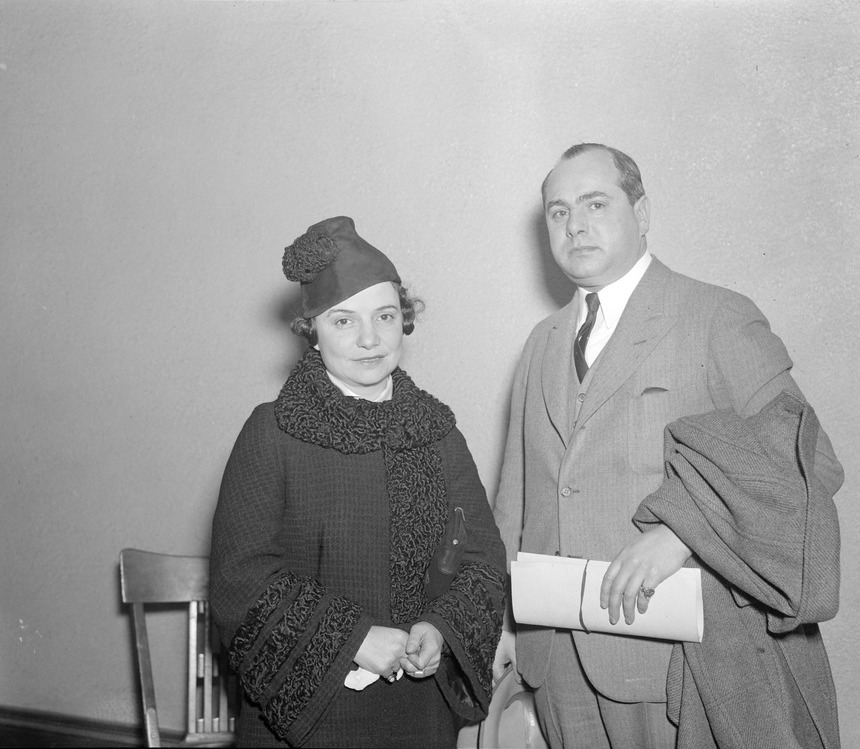
In order to better understand its structure, we note that at the initial stage all investors are promised high returns, moreover, by investing money in traditional financial instruments. For example, futures.
Similar terms are used by scammers when they promise offshore investments that can attract a large number of investors. So, the promoter sells its shares through investors, taking advantage of their lack of knowledge and competence.
Almost always, such schemes adhere to investment policies at the very beginning, investing in hedge funds or other available financial instruments. It can turn into a Ponzi scheme and a hedge fund if an organization begins to rapidly lose its assets. At the same time, the organizers hide the losses, starting to falsify the reports of auditors in order to continue to attract investment.
Other examples
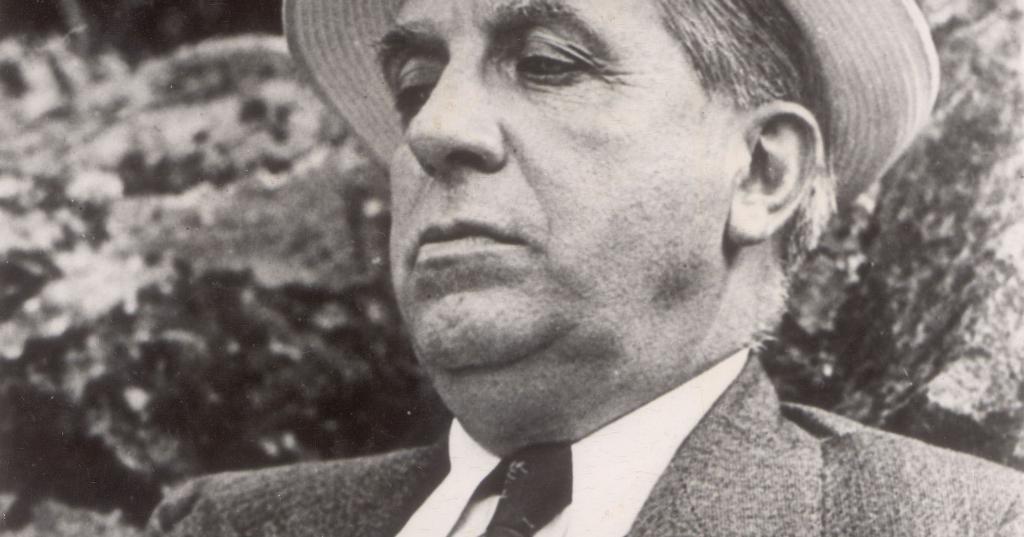
In the 20th century, many financial strategies and tools turned into Ponzi schemes. For example, Alenn Stanford used deposit certificates of banking organizations, with the help of which he managed to leave thousands of gullible citizens with nothing. Moreover, certificates of deposit in themselves are insured and the risks of their use are minimal.But Stanford was giving out coupons, which was pure fraud.
In each scheme, the promoter will initially fulfill its obligations in order to attract as many new investors as possible, and the current ones have invested additional funds. With the advent of new participants, the cascade effect is triggered. As a result, payments to old investors are made at the expense of money from new participants. At the same time, there is simply no profit.
Such high excess returns also stimulate old investors to leave their money in the system. As a result, the organizer of the scheme does not have a need to return the money. He can only send regular notifications of the ephemeral profit of the client.
The organizers of such a scheme by all means strive to minimize the withdrawal of money by coming up with new options for investing. If someone nevertheless decides to take the money, they are paid to him in order to support the myth of solvency for the rest of the participants.
Schema disclosure
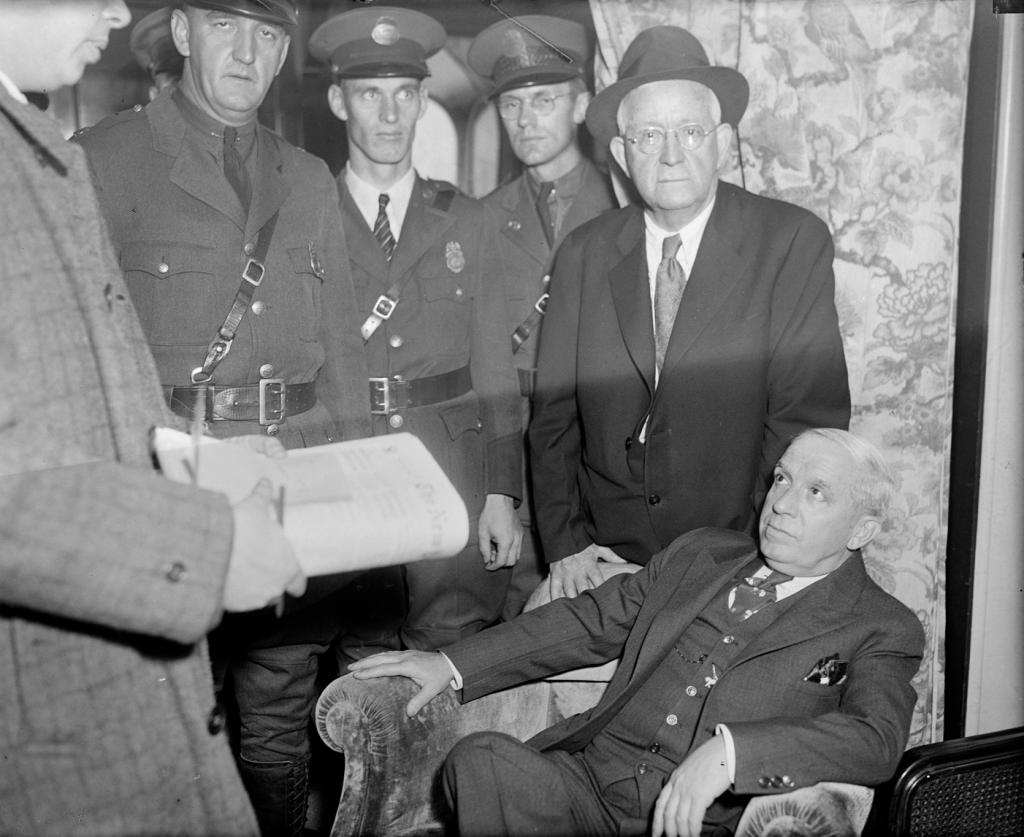
Even if such a scheme is not disclosed by the authorities, it will burst very soon. There are several good reasons for this.
Firstly, the promoter himself with all the accumulated money may disappear.
Secondly, for such a scheme, a continuous flow of investments is needed to ensure the volume of all payments. If the flow of incoming funds slows down, the scheme will collapse, as the organizer simply will not be able to provide further payments. Such delays in liquidity usually lead to panic among investors, then most investors try to return their investments as soon as possible. These problems resemble liquidity crises in large banks.
Thirdly, the influence can be exerted by the forces of foreign markets. A sharp economic downturn can lead investors to withdraw money. A vivid example is the scandal with the Madoff financial pyramid in 2008.
Scam biography
The scheme got its name in honor of Charles Ponzi. Having emigrated to the USA, he created one of the most original financial pyramids. It is known that he arrived in America in 1903, having lost all his savings on the way, presumably, he lost them to gambling. All his attempts to earn money were unsuccessful until 1919, when he opened his own company for $ 200, which he borrowed from furniture maker Daniels.
The company he registered was called the “Securities Exchange Company”. She began to engage in arbitration transactions, issuing debt receipts. According to them, she pledged to pay $ 1,500 for each thousand dollars received in three months.
Already in 1920, Ponzi handed over the management of the company to the young Lucy, and he himself moved to an expensive mansion. In the summer of the same year, the pyramid he created collapsed after the lawsuit of one of the investors, which demanded half of the profits of the entire company. According to the laws of that time, Ponzi’s funds in banks were frozen; on July 26, he announced the termination of acceptance of new deposits due to inspections by the tax police. This was a catastrophic mistake, investors immediately wanted to take their money back.
He was detained on August 12, revealing a debt of $ 7 million, despite the fact that there were only 4 million in accounts. In October, his company was declared bankrupt, and Ponzi himself was sentenced to five years in prison.
On the loose
Once at large, he did not leave financial fraud, so a few years later he was deported to Italy.
He taught English, and then, under the patronage of Mussolini, he moved to Rio de Janeiro, where he became the official representative of Italian Airlines. There he died in 1949 at the age of 66 from a brain hemorrhage.
Screen avatar

In 2014, a biographical drama was released on the screen, which was called the Ponzi Scheme. The film was directed by French director Dante Desartes.
In the tape, the action of this scheme is described in sufficient detail and clearly. Interestingly, such an idea had already appeared in the literature, but Ponzi was the first to actually implement it.Similar fraudulent schemes were described by Charles Dickens in the novels Little Dorrit and Martin Cheslvit.
Modern adaptations

Many people believe that the modern cryptocurrency craze is nothing more than another attempt to implement the Ponzi ICO scheme. According to some experts, this simply kills innovation, being nothing more than a financial pyramid.
So, the organizers of fundraising campaigns are accused of maximizing income by taking advantage of the confusion that arises around blockchain technology. As a result, they manage to deceive the many inexperienced participants in this scheme, who receive false promises, trusting in questionable advertising, count on significant investment opportunities and extra-high incomes.
Instead, they are doomed to failure, since such schemes remain profitable only until the flow of new money ends.
At the same time, there are enough people who believe that cryptocurrencies have nothing to do with fraudulent schemes. Many are convinced that they will never be able to fulfill their mission of bitcoin. The Ponzi scheme will be implemented again.
